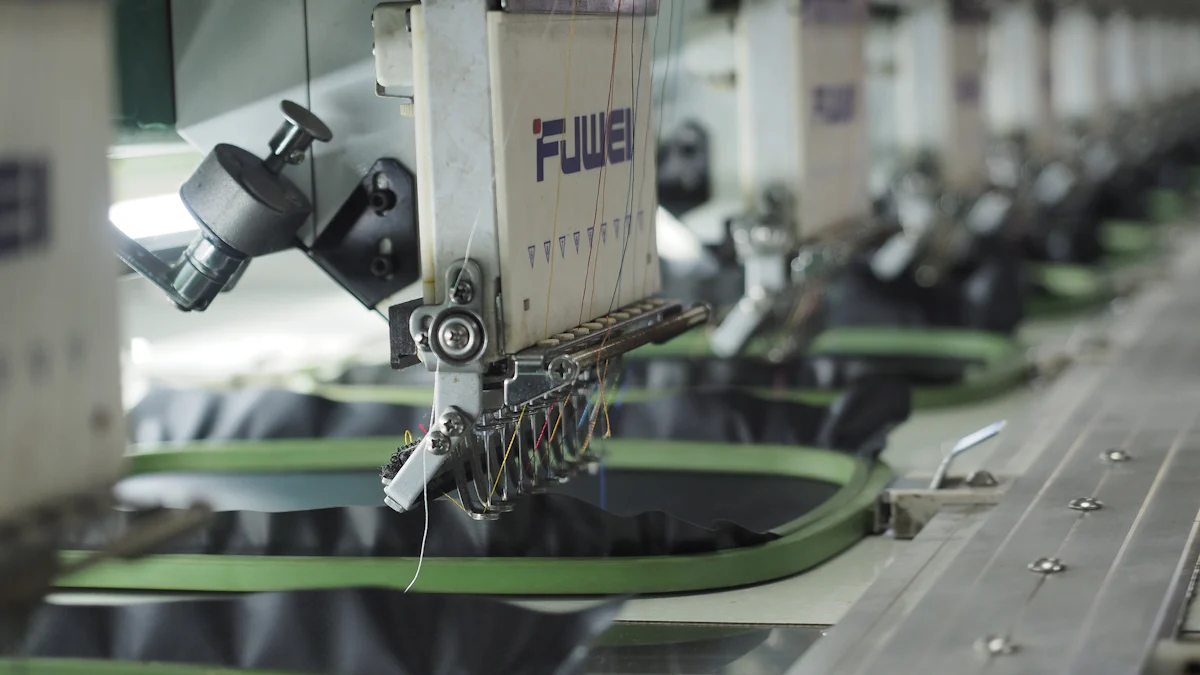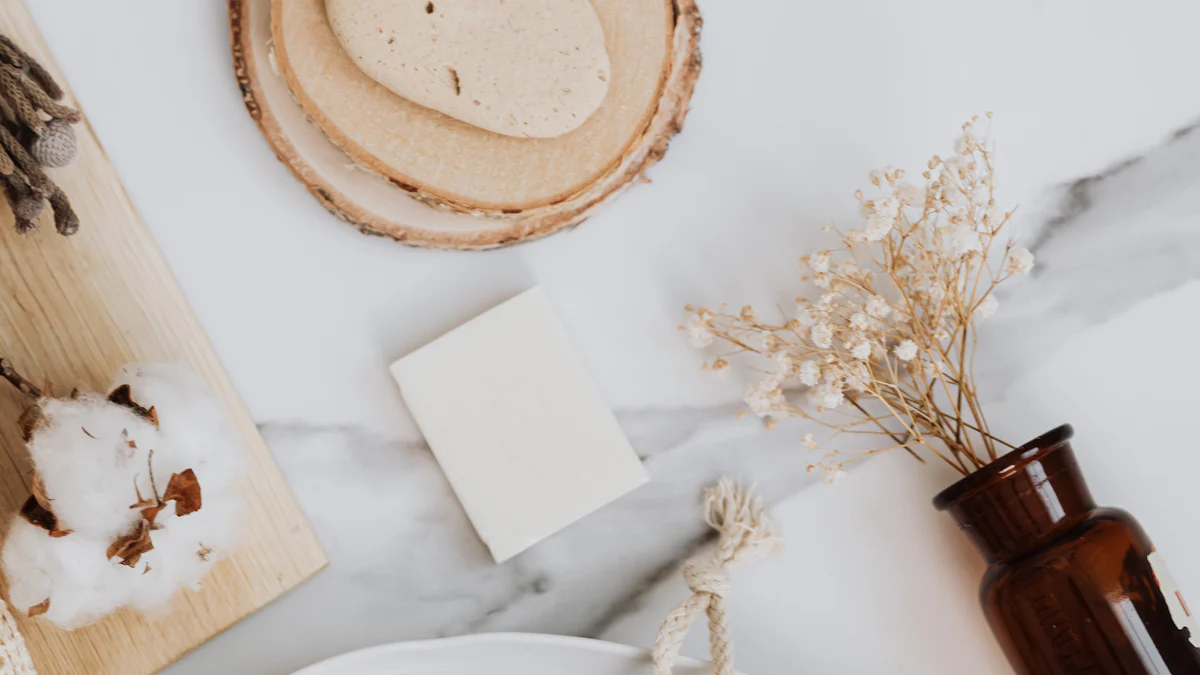You cannot achieve high-quality textile production without coating auxiliaries. These essential agents improve fabric performance and ensure efficient manufacturing. They help you meet market demands by enhancing durability, appearance, and functionality. Their role in sustainable practices also makes them vital for modern textile processes. Coating auxiliaries truly define success in 2025.
Understanding Coating Auxiliaries in Textile Manufacturing

What Are Coating Auxiliaries?
Coating auxiliaries are chemical agents that enhance the performance of textiles during manufacturing. You use them to improve fabric properties like durability, appearance, and functionality. These agents act as essential additives in processes such as printing, dyeing, and finishing. They ensure that textiles meet the high standards required in today’s competitive market. Without them, achieving consistent quality and efficiency becomes challenging.
Key Roles in Textile Production
Coating auxiliaries play several critical roles in textile production. They help fabrics resist wear and tear, ensuring longer lifespans. They also improve the adhesion of paints and dyes, making colors more vibrant and long-lasting. During manufacturing, these agents stabilize processes, reduce waste, and enhance productivity. For example, binders ensure that printing paints stick to fabrics effectively, while thickeners maintain the consistency of color pastes. By using coating auxiliaries, you can achieve superior results with less effort.
Tip: Choosing the right coating auxiliaries can significantly reduce production costs while maintaining high-quality standards.
Examples of Coating Auxiliaries in Use
You can find coating auxiliaries in various forms, each designed for specific applications. Binders are widely used in textile printing to ensure colors adhere properly. Printing thickeners maintain the consistency of glue and color paste during high-shear processes. Dyeing auxiliaries, such as leveling agents, ensure even color distribution on fabrics. Soil release agents help fabrics stay clean and maintain their appearance over time. These examples highlight how coating auxiliaries contribute to every stage of textile manufacturing.
Benefits of Coating Auxiliaries for Textile Success
Enhancing Fabric Durability and Longevity
You want your textiles to last longer and perform better. Coating auxiliaries help you achieve this by improving fabric strength and resistance to wear. These agents create a protective layer that shields fabrics from environmental factors like moisture, UV rays, and abrasion. For example, binders ensure that printed designs stay intact even after multiple washes. By using coating auxiliaries, you can produce textiles that maintain their quality over time, satisfying customer expectations for durability.
Improving Aesthetic Appeal and Customization
Aesthetic appeal plays a major role in textile success. Coating auxiliaries allow you to enhance the visual and tactile qualities of fabrics. They help you achieve vibrant colors, smooth finishes, and unique textures. Printing thickeners, for instance, ensure consistent color application, resulting in sharp and vivid designs. You can also use these agents to customize fabrics for specific markets or trends. Whether you aim for a glossy finish or a soft matte look, coating auxiliaries give you the flexibility to meet diverse customer preferences.
Boosting Efficiency and Reducing Costs
Efficiency is key to staying competitive in textile manufacturing. Coating auxiliaries streamline your production processes by stabilizing operations and reducing waste. For instance, thickeners maintain the consistency of color pastes, minimizing errors during printing. These agents also improve storage stability, ensuring that materials remain usable for longer periods. By optimizing production and reducing material waste, you can lower costs while maintaining high-quality standards. Coating auxiliaries help you achieve better economic outcomes without compromising on performance.
Future Trends in Coating Auxiliaries for 2025

Innovations in Eco-Friendly Coating Auxiliaries
You will see a growing focus on eco-friendly coating auxiliaries in 2025. Manufacturers are developing products that reduce environmental impact while maintaining high performance. These innovations include biodegradable binders and water-based thickeners. They eliminate harmful chemicals and improve safety for workers and consumers. For example, some companies now offer plant-based alternatives to traditional additives. These options meet strict environmental regulations and appeal to eco-conscious buyers. By adopting these solutions, you can align your production with global sustainability trends.
Meeting Sustainability Goals in Textile Manufacturing
Sustainability has become a priority in textile manufacturing. Coating auxiliaries play a key role in helping you achieve these goals. Modern auxiliaries improve resource efficiency by reducing water and energy consumption. For instance, advanced desizing agents prepare fabrics with minimal waste. You can also use soil release agents to extend the life of textiles, reducing the need for frequent replacements. These practices not only lower your environmental footprint but also enhance your brand’s reputation as a sustainable manufacturer.
Note: Customers increasingly prefer brands that prioritize sustainability. Using eco-friendly coating auxiliaries can give you a competitive edge.
Adapting to Market Demands for High-Performance Textiles
The demand for high-performance textiles is rising. Coating auxiliaries help you meet these expectations by enhancing fabric functionality. You can create water-repellent, flame-resistant, or UV-protective textiles with the right additives. These features are essential for industries like sportswear, outdoor gear, and home furnishings. Advanced auxiliaries also allow you to customize fabrics for specific applications. By staying ahead of these trends, you can attract new customers and expand your market reach.
Coating auxiliaries help you achieve success in textile manufacturing. They improve fabric quality, streamline production, and support sustainability efforts. Their importance will grow as the industry evolves. By using these agents, you can meet the challenges of 2025 and seize new opportunities. These tools ensure your textiles remain competitive in a demanding market.
Post time: Jan-14-2025

